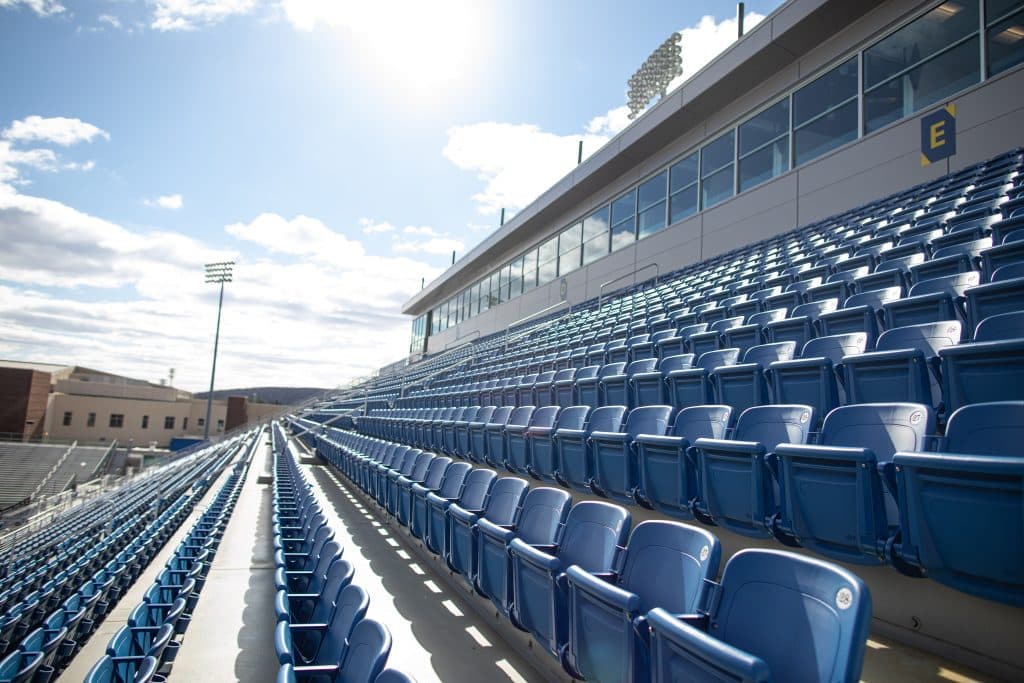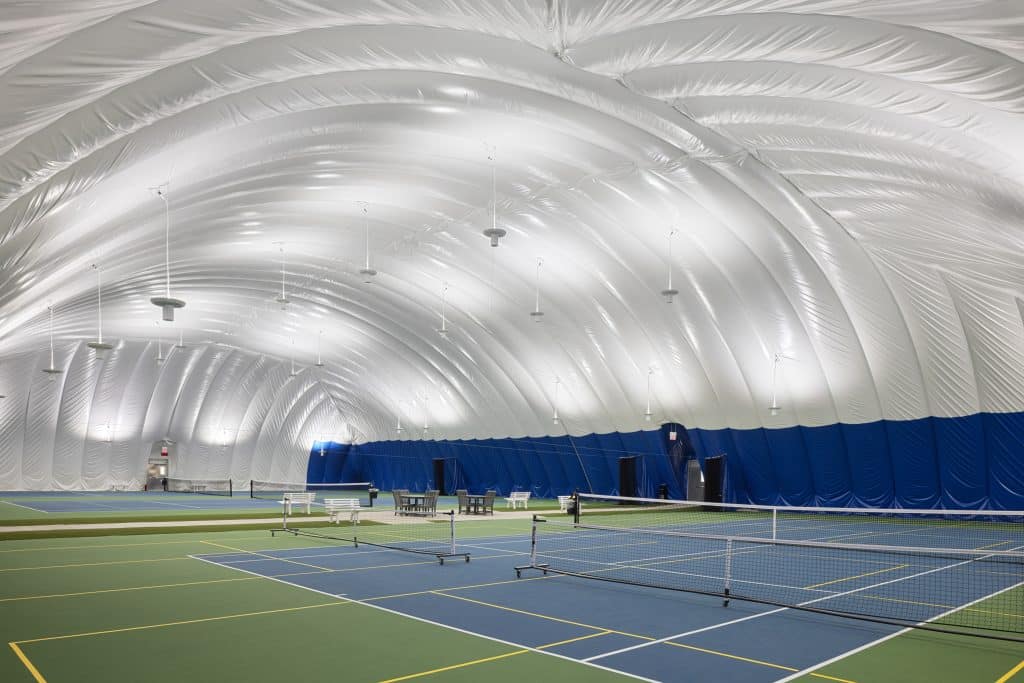At EDiS Company, we understand that the world of sports is not just about the game; it’s about creating exceptional spaces that inspire greatness, unite communities, and leave a lasting legacy. With over 100 years of industry expertise under our belt, we have successfully delivered state-of-the-art sports facilities, stadiums, arenas, and training centers that have set new standards in functionality and spectator experience.
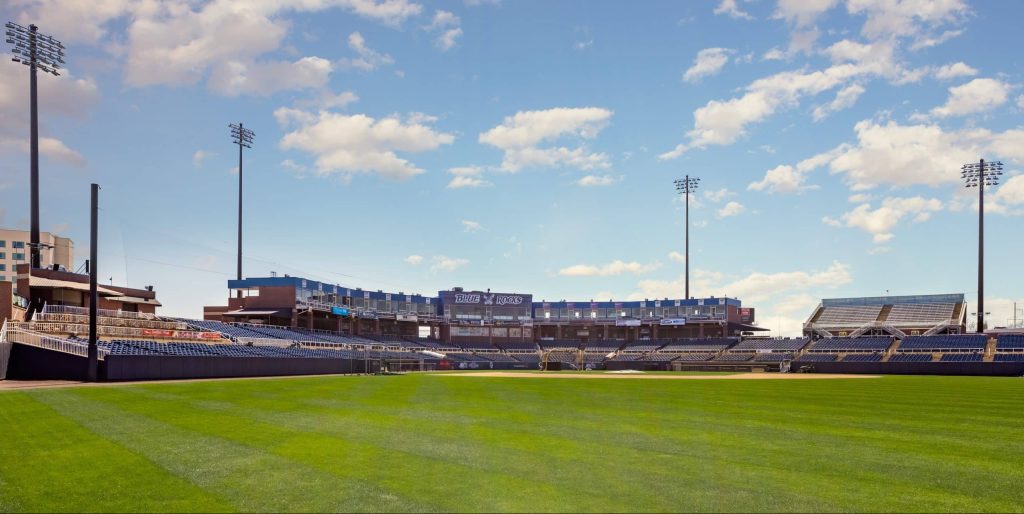
We believe the key to understanding the unique requirements of each sports project is a careful combination of strategic intent and carefully thought through details. Every venue holds its own distinct challenges, whether it’s accommodating specific sporting needs, optimizing space utilization, representing a particular team or institution, or enhancing fan engagement. Our team of seasoned professionals possesses the knowledge and ingenuity to turn these challenges into opportunities for innovation and success.
Here are the top five trends we’ve identified for athletic and sports facilities:
1. Multi-Purpose Flexibility
Sports facilities are increasingly being designed with multi-purpose functionality in mind. The ability to transform spaces to accommodate various sports, events, and activities is a growing trend. This flexibility allows schools to optimize space utilization and cater to a wide range of needs beyond traditional sports.
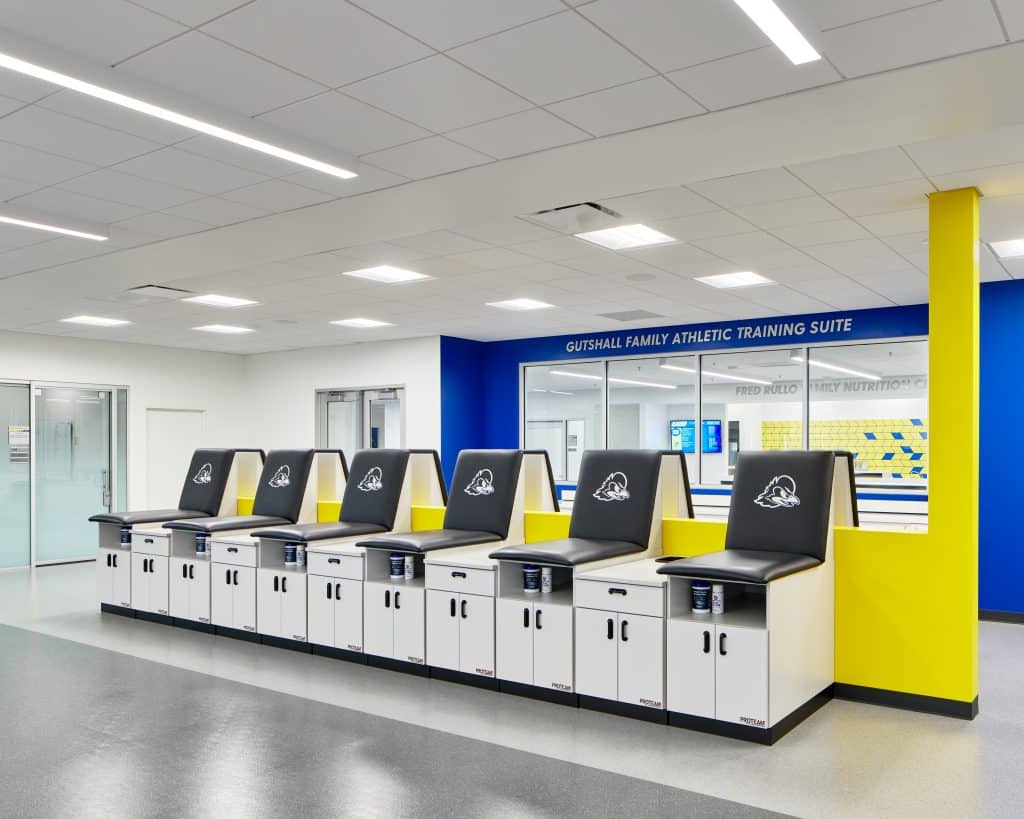
2. Technology Integration
Technology is playing a significant role in sports facility design and construction. From advanced audiovisual systems for spectator experiences to smart lighting and climate control for energy efficiency, integrating technology enhances the overall functionality and user experience of sports facilities. This includes innovations such as LED lighting, video boards, interactive displays, and high-speed connectivity for data analytics and athlete performance tracking.
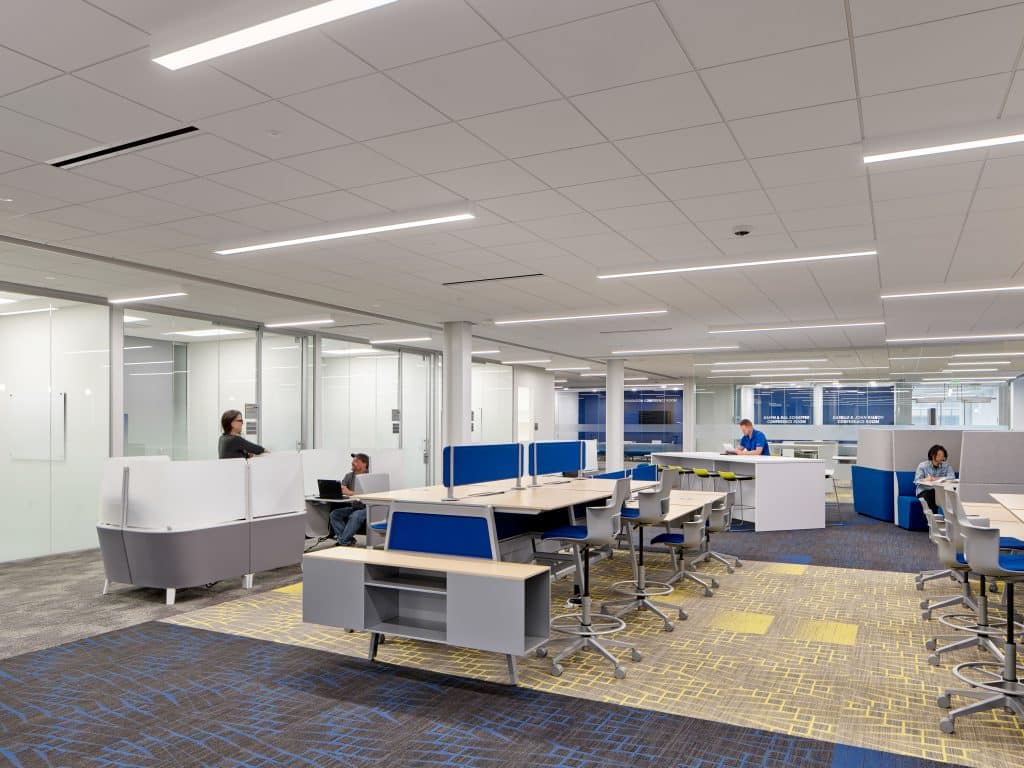
3. Sustainability and Green Design
Environmental sustainability is becoming increasingly important as there is a growing emphasis on incorporating sustainable materials, energy-efficient systems, and environmentally friendly practices. This includes features such as solar panels, rainwater harvesting, green roofs, and natural ventilation to reduce the ecological footprint of sports facilities.
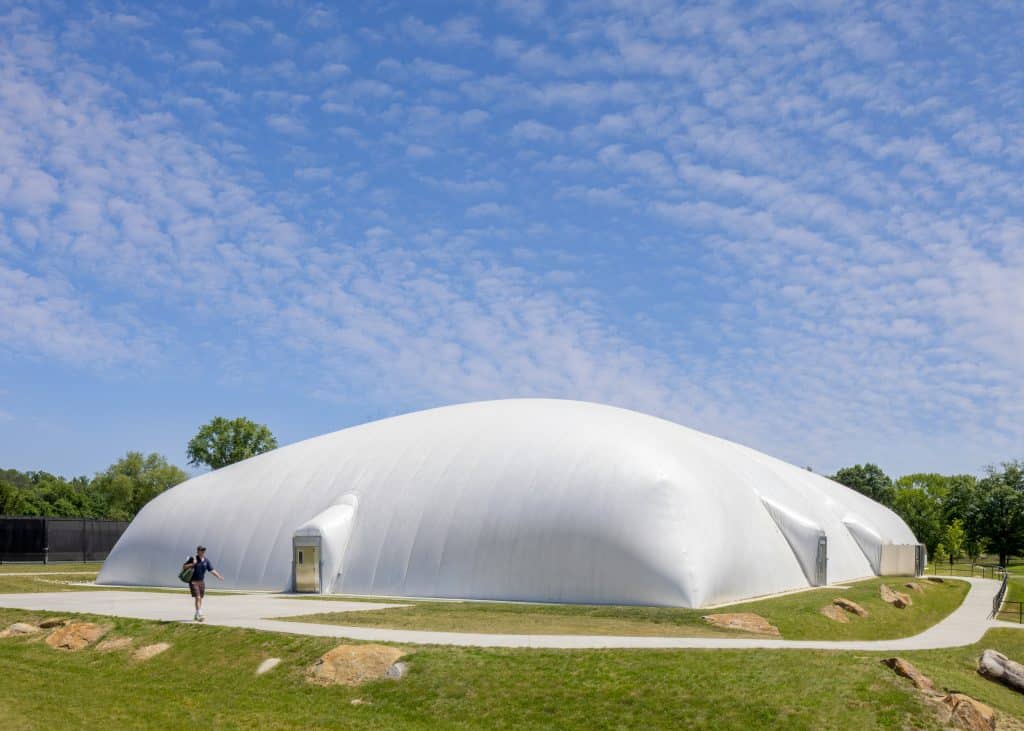
4. Health and Wellness Focus
Sports facility design is prioritizing the health and wellness of athletes and users. This includes the integration of amenities such as dedicated fitness and training spaces, recovery areas, and sports medicine facilities. Emphasis is also placed on creating safe and accessible environments that promote physical activity, inclusivity, and overall well-being.
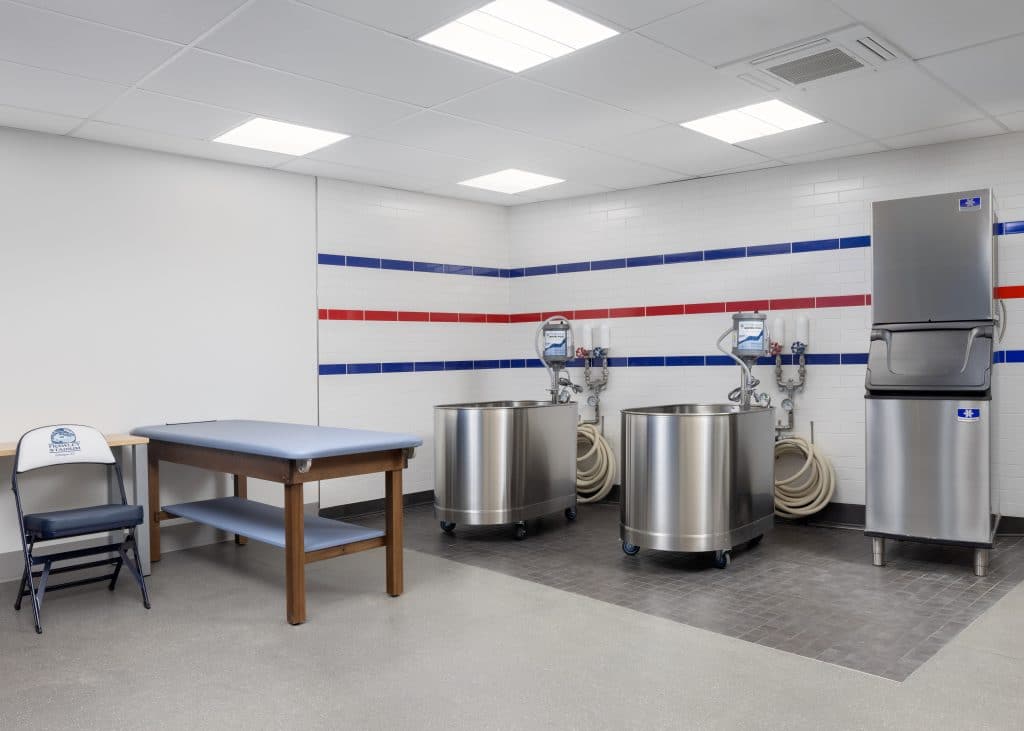
5. Fan Engagement and Experience
These structures are being designed with a greater focus on enhancing the spectator experience. This includes considerations such as improved sightlines, comfortable seating, premium amenities, and enhanced concessions and hospitality areas. Additionally, the incorporation of advanced audiovisual systems and digital displays helps create an immersive and engaging atmosphere for fans.
